Abstract
A change in the clinical pattern of trachoma from a grave to a milder form has been noted in several endemic areas in recent years and has been attributed to improvements in bio-physical conditions, as well as to specific control measures. The disease, thus modified, frequently presents difficulty in diagnosis under field conditions, and equivocal cases, which are sometimes encountered in relatively large numbers, pose a problem in the assessment of over-all incidence, prevalence and relative gravity of trachoma in the area. The problem assumes particular importance in field studies, such as therapeutic and vaccination trials.
In an attempt to determine by epidemiological methods the true nature of these clinically equivocal cases, the data collected during a survey of the prevalence of trachoma in Taiwan have been subjected to an intensive study with the aid of catalytic models. The evidence is that most, if not all, of these cases are trachomatous.
Full text
PDF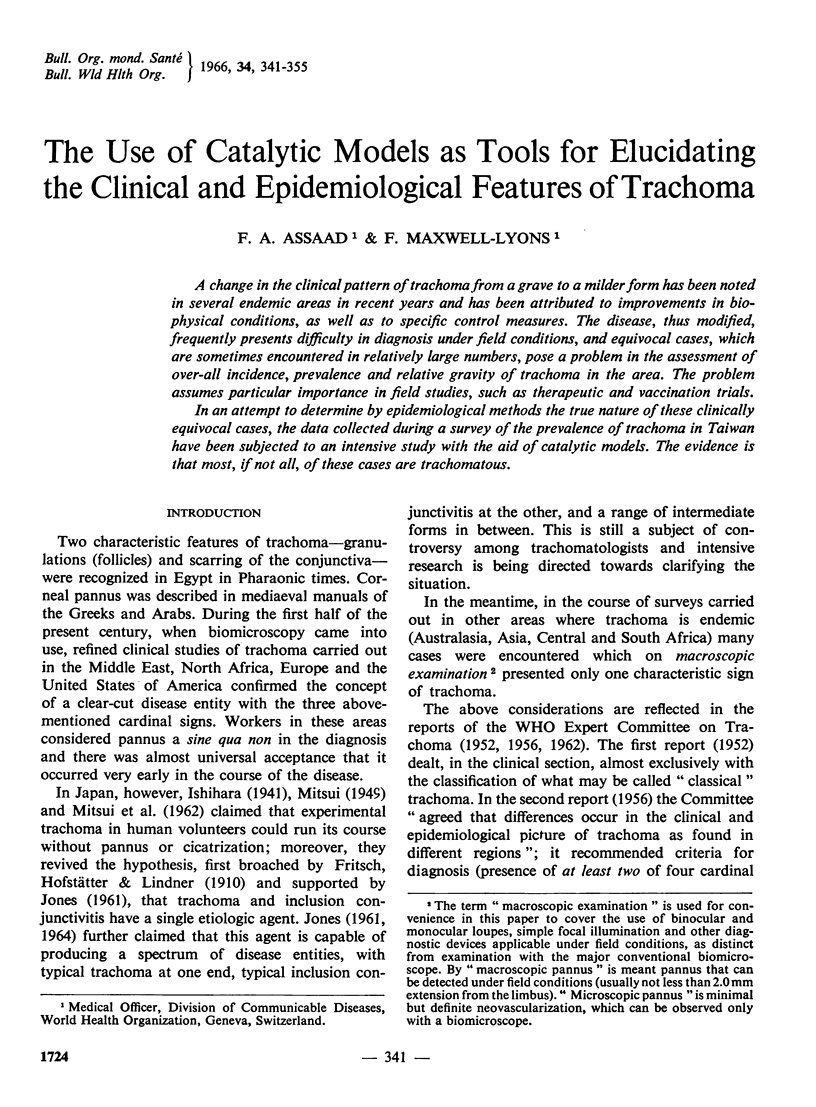
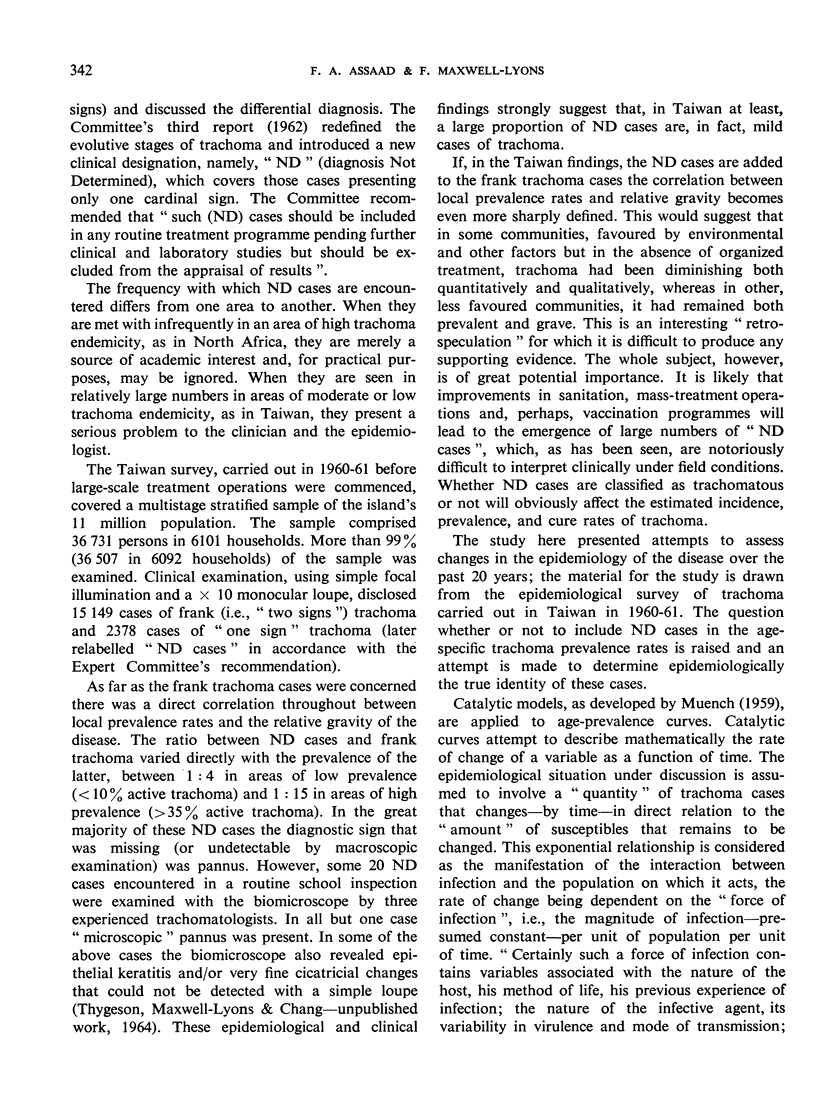
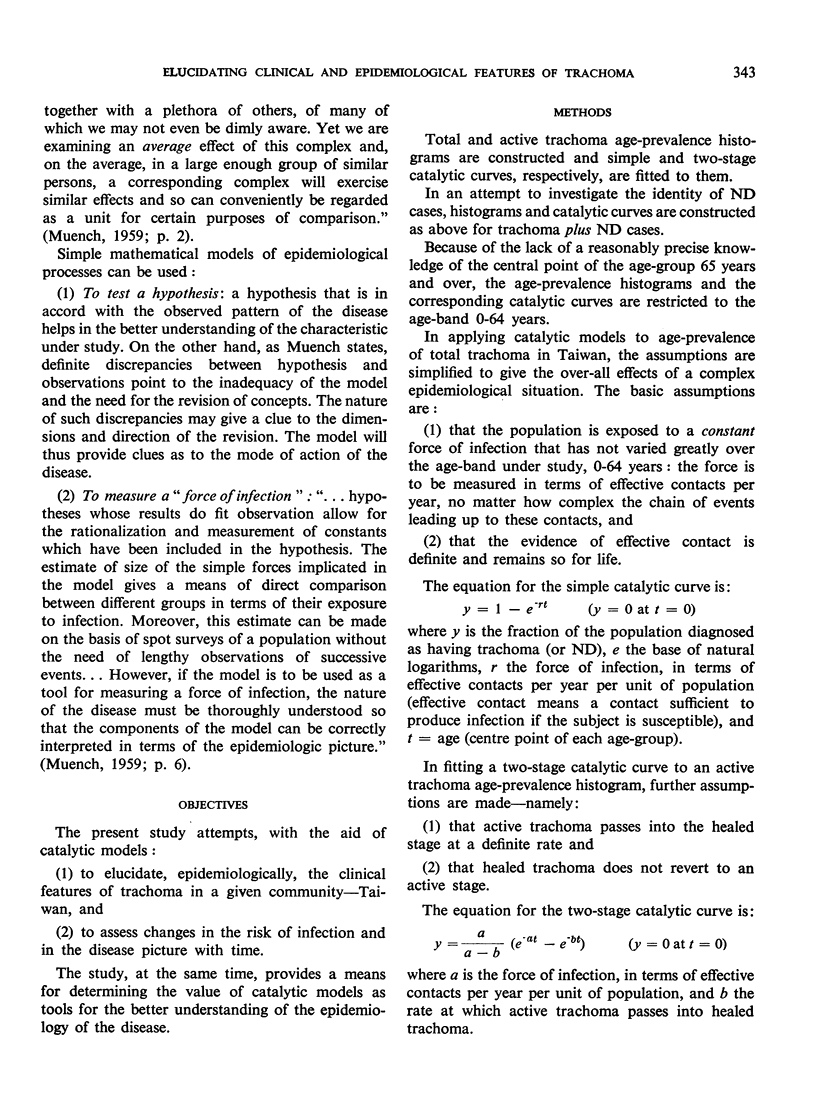
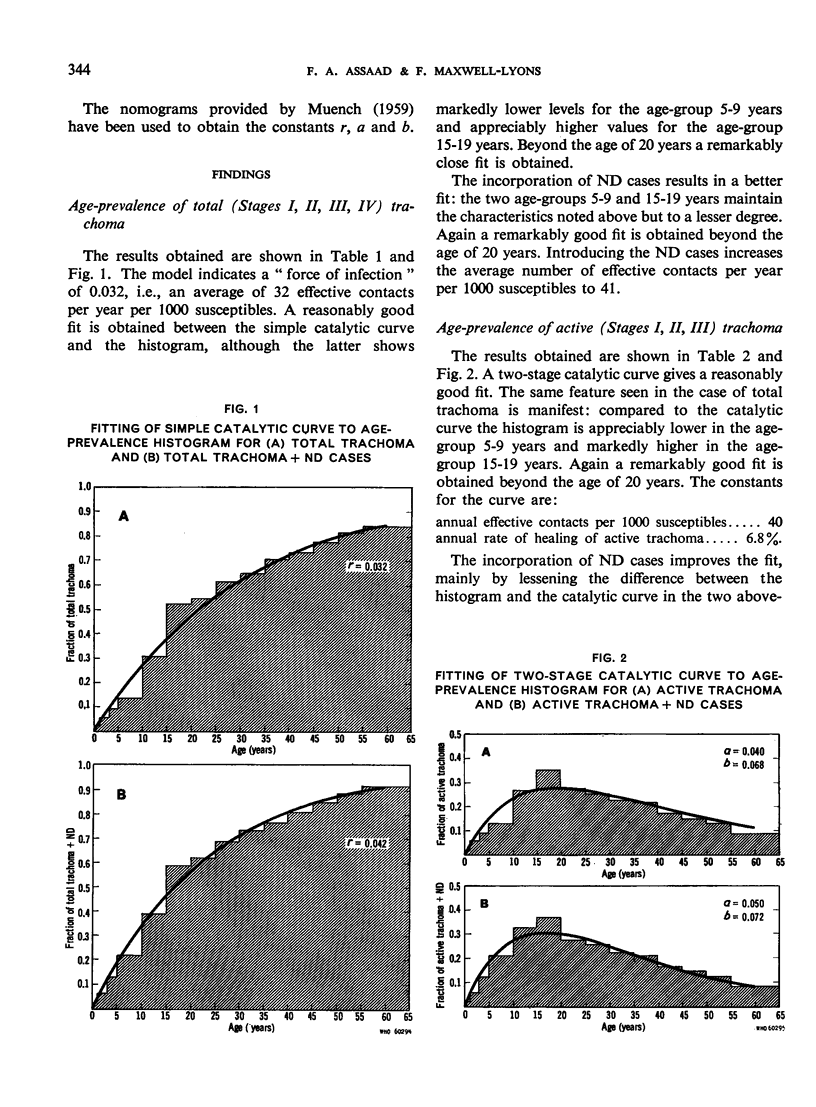
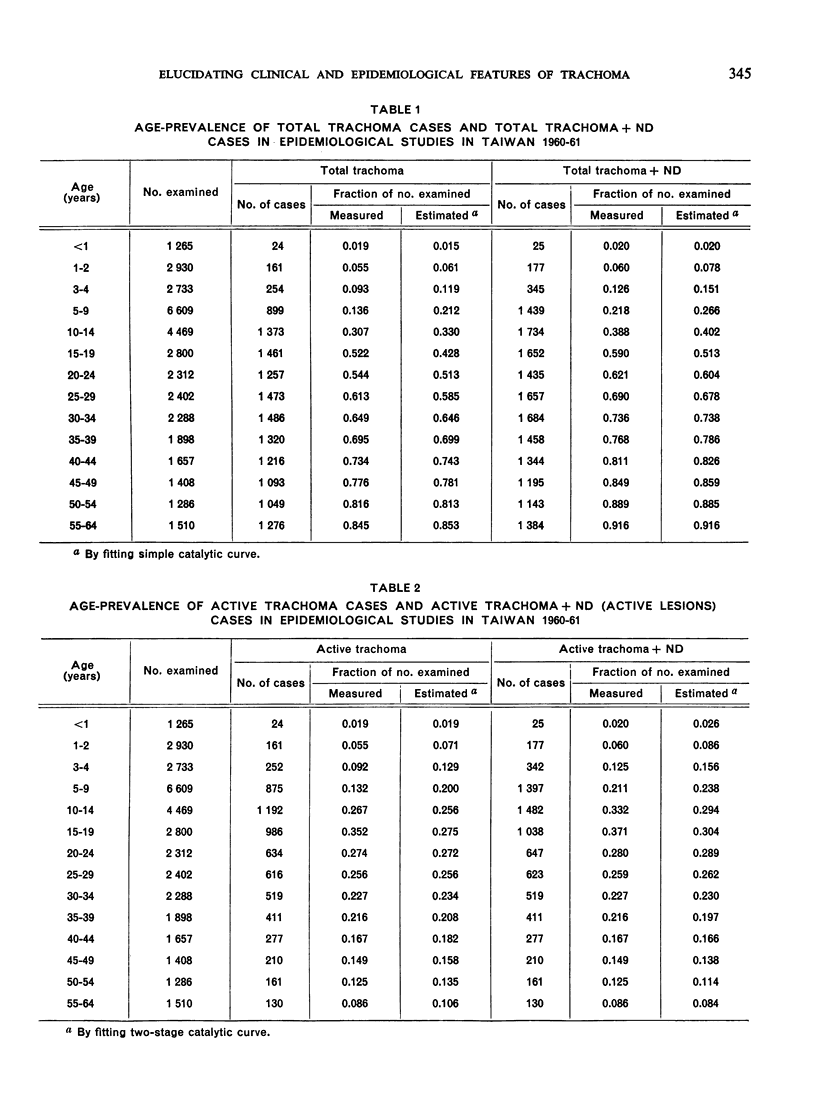
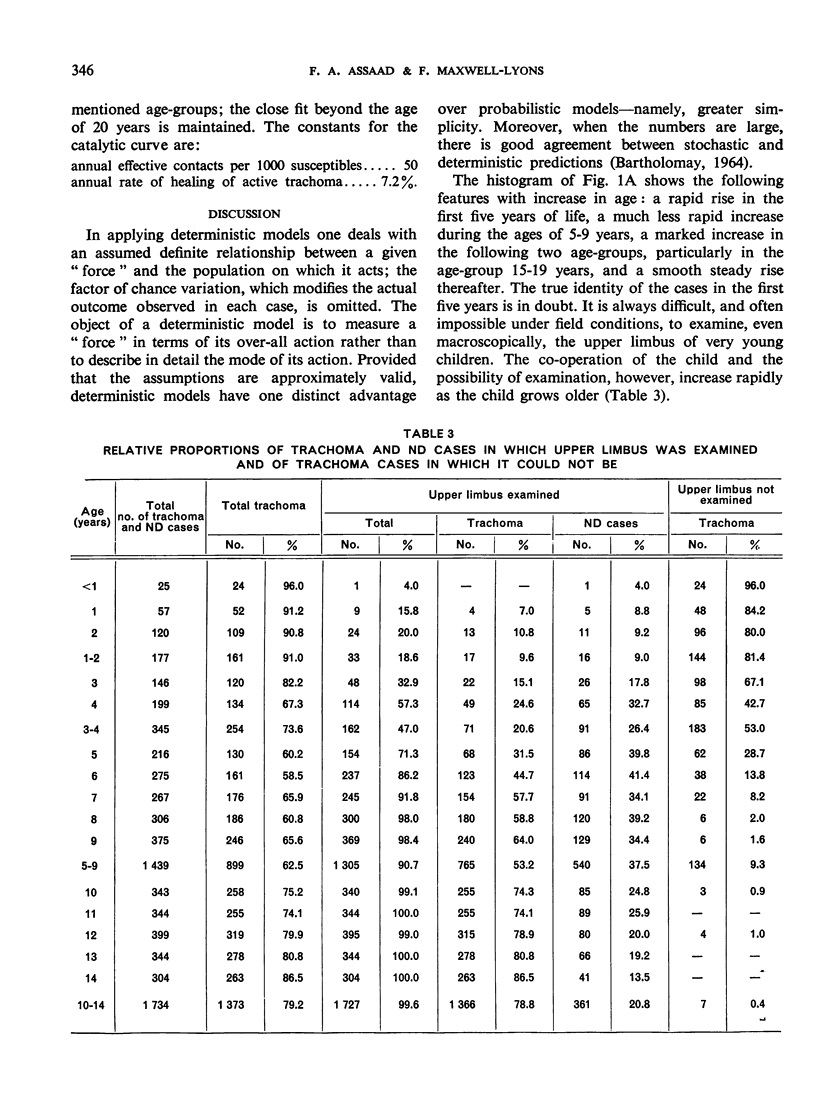
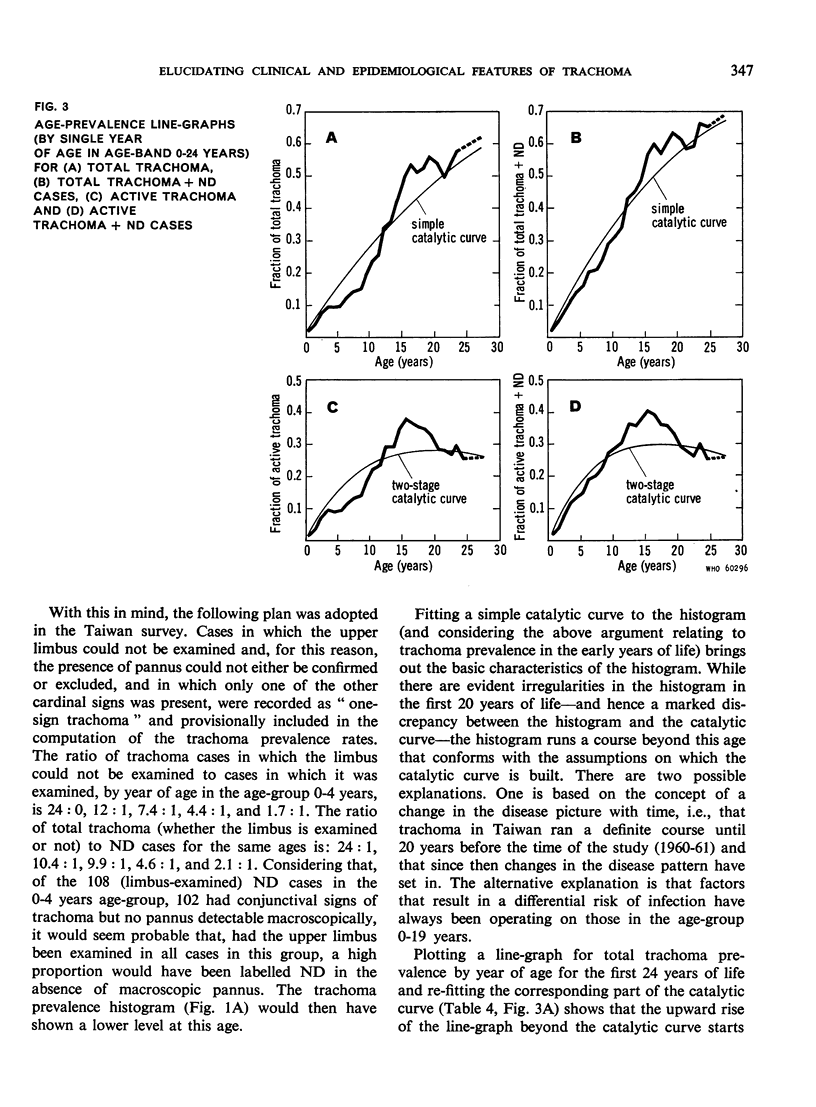
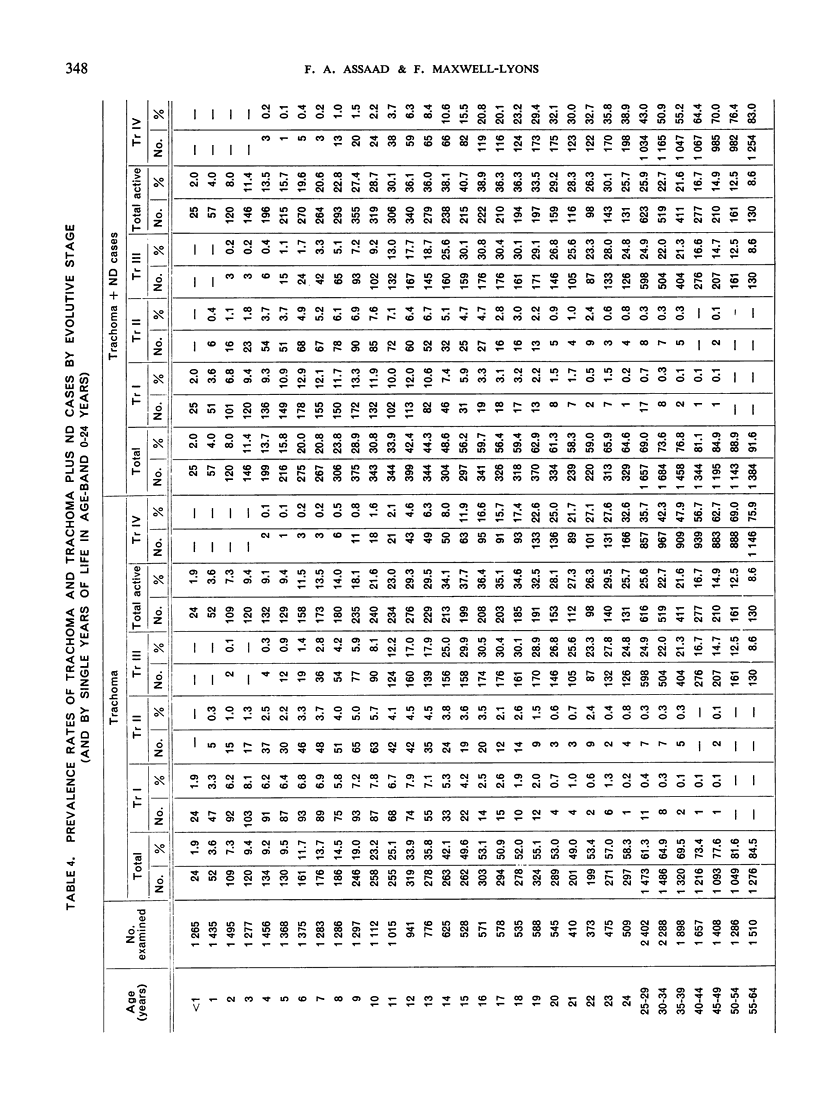
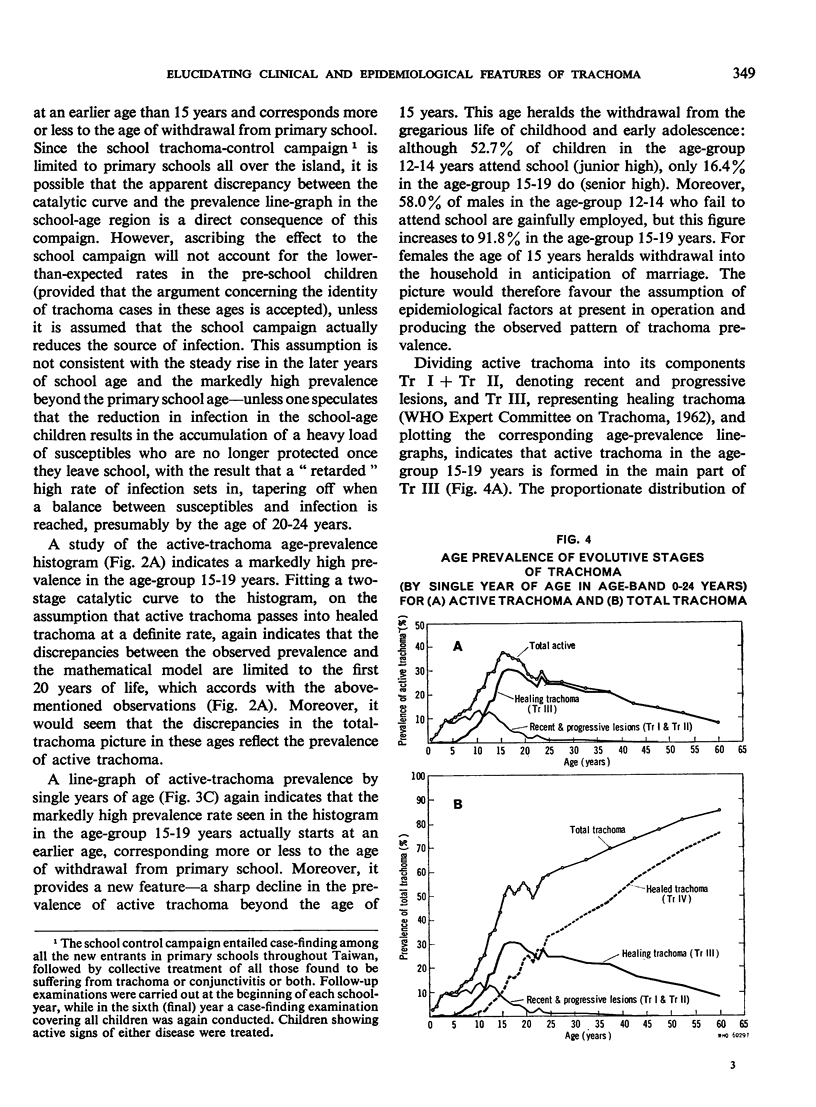
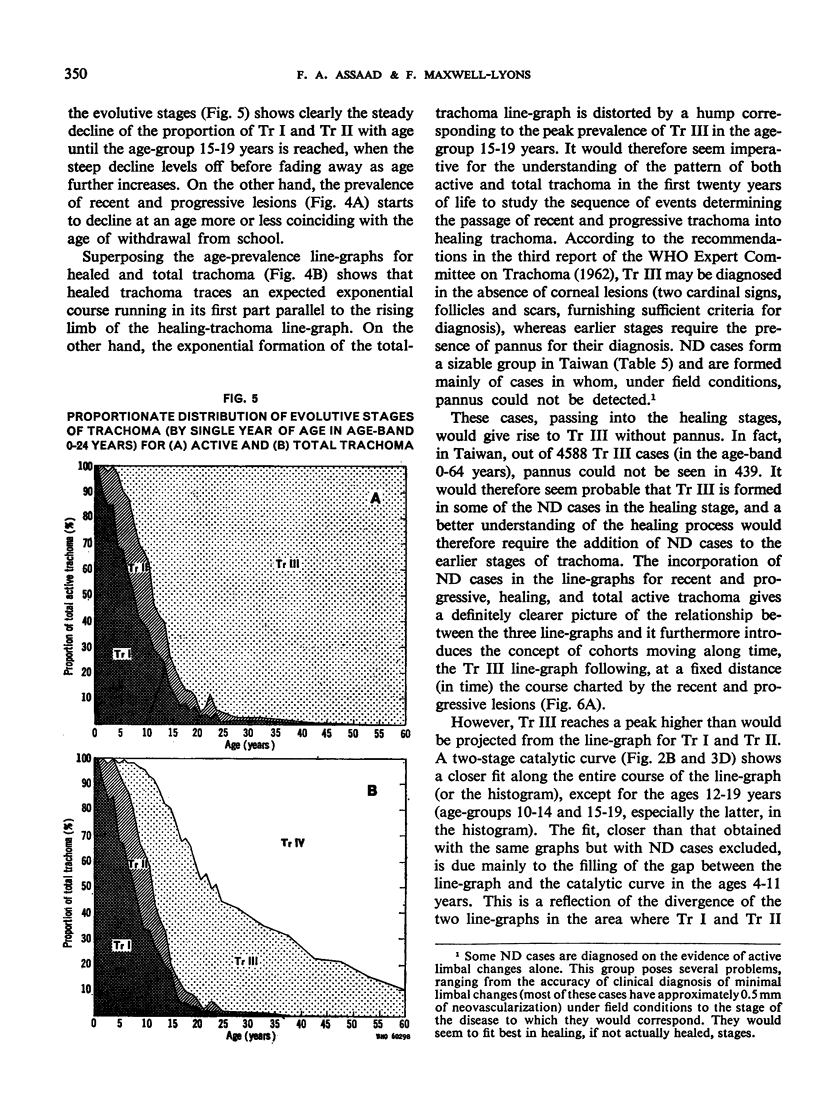
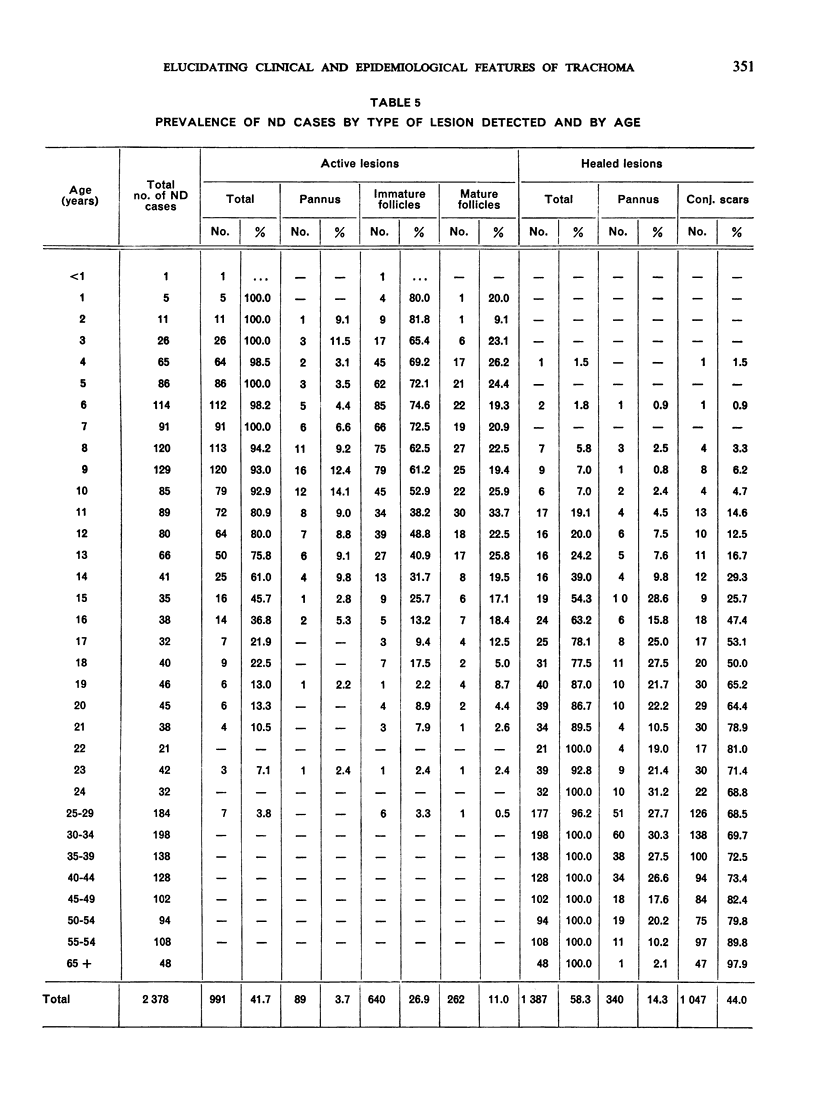
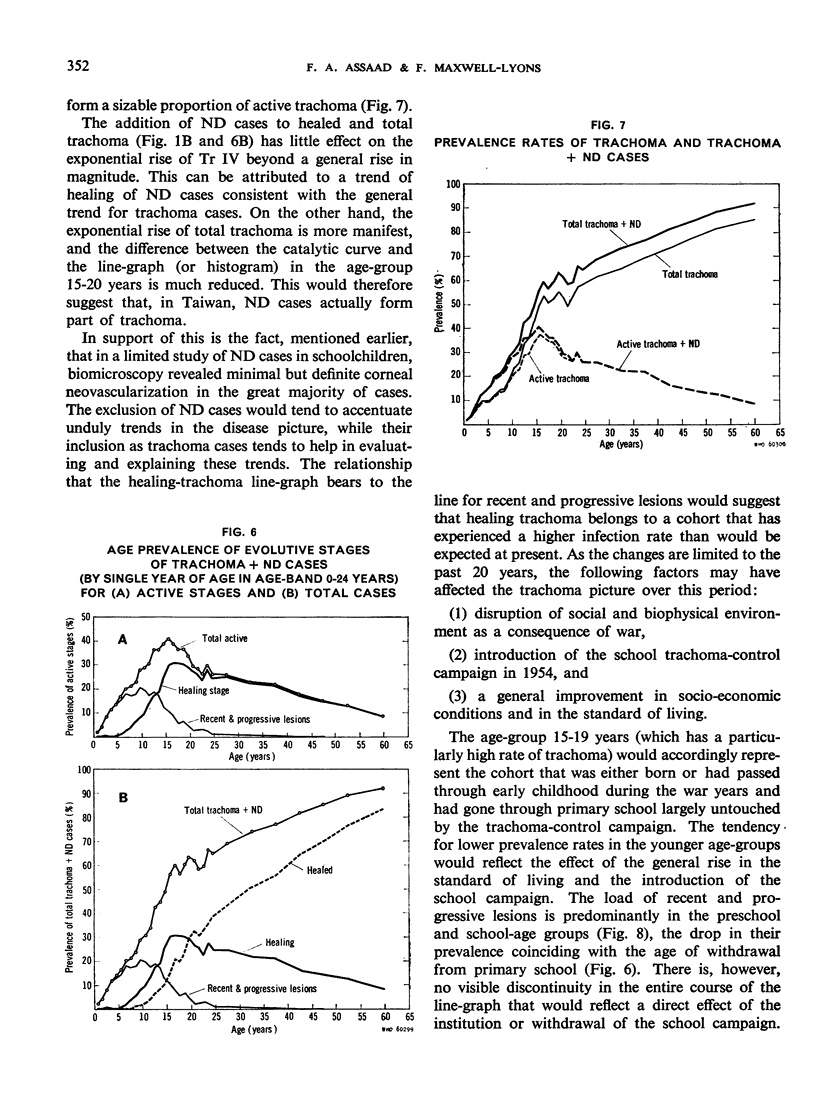
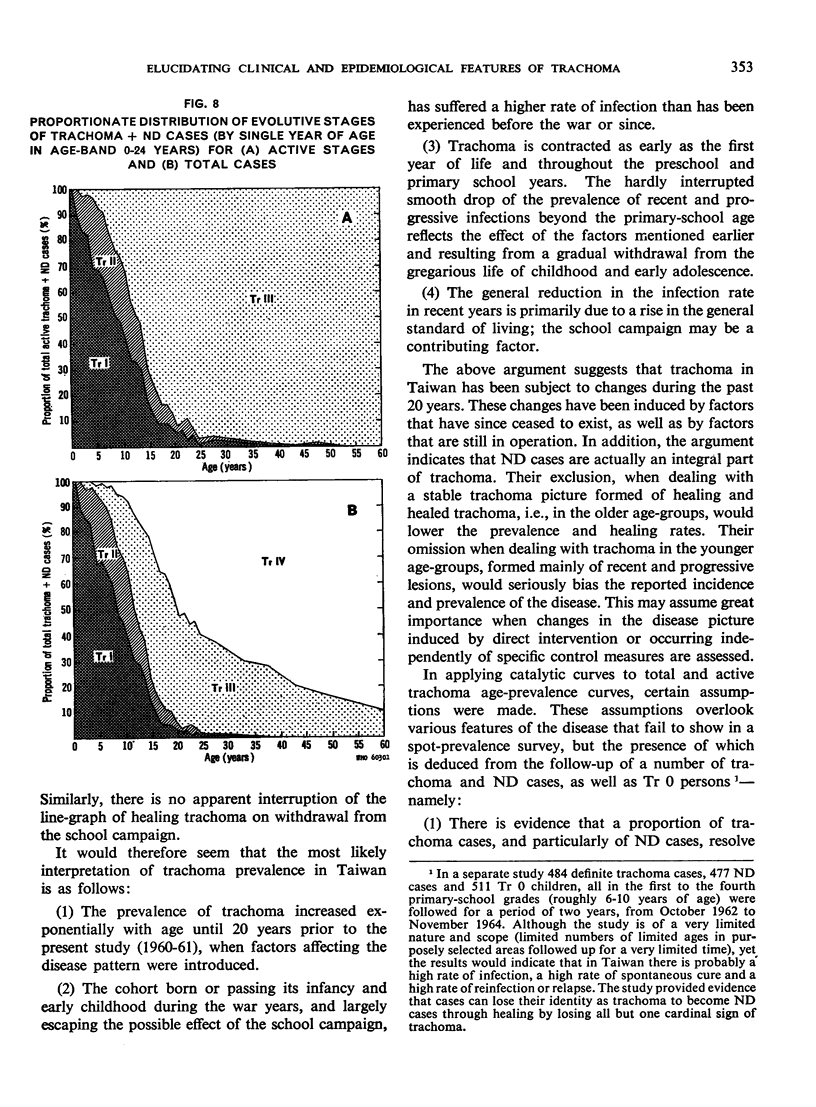
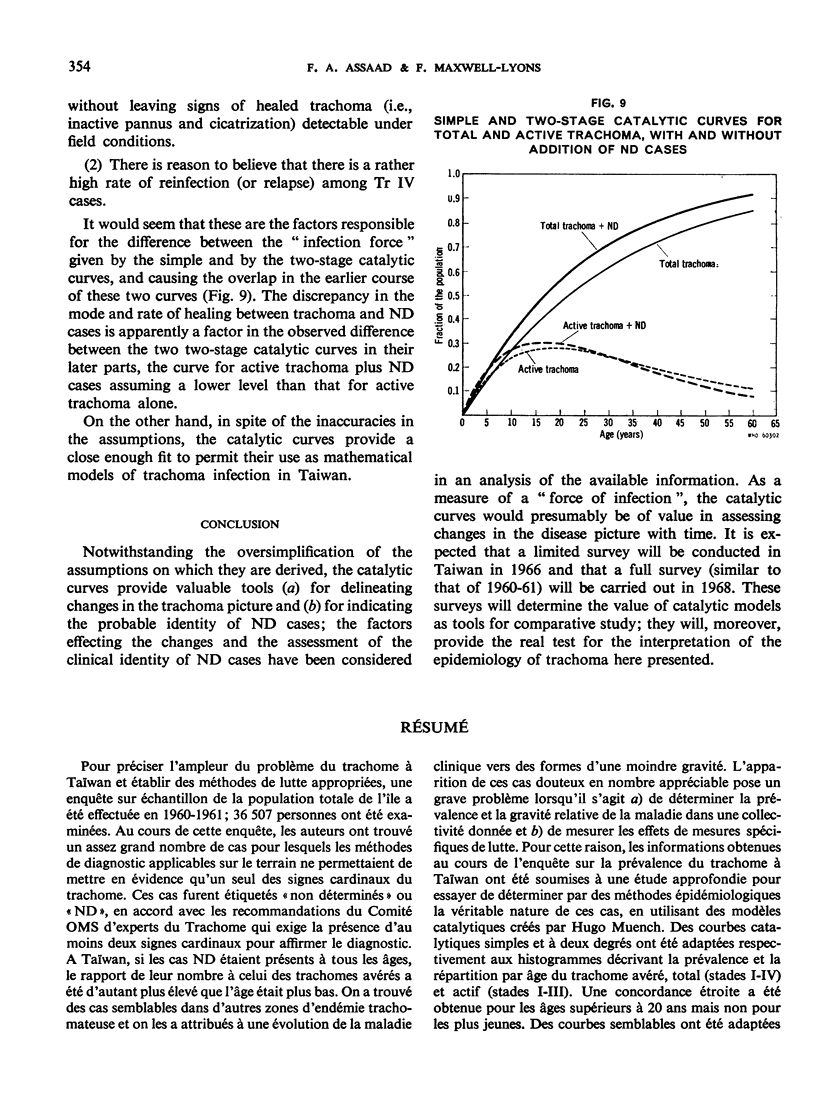
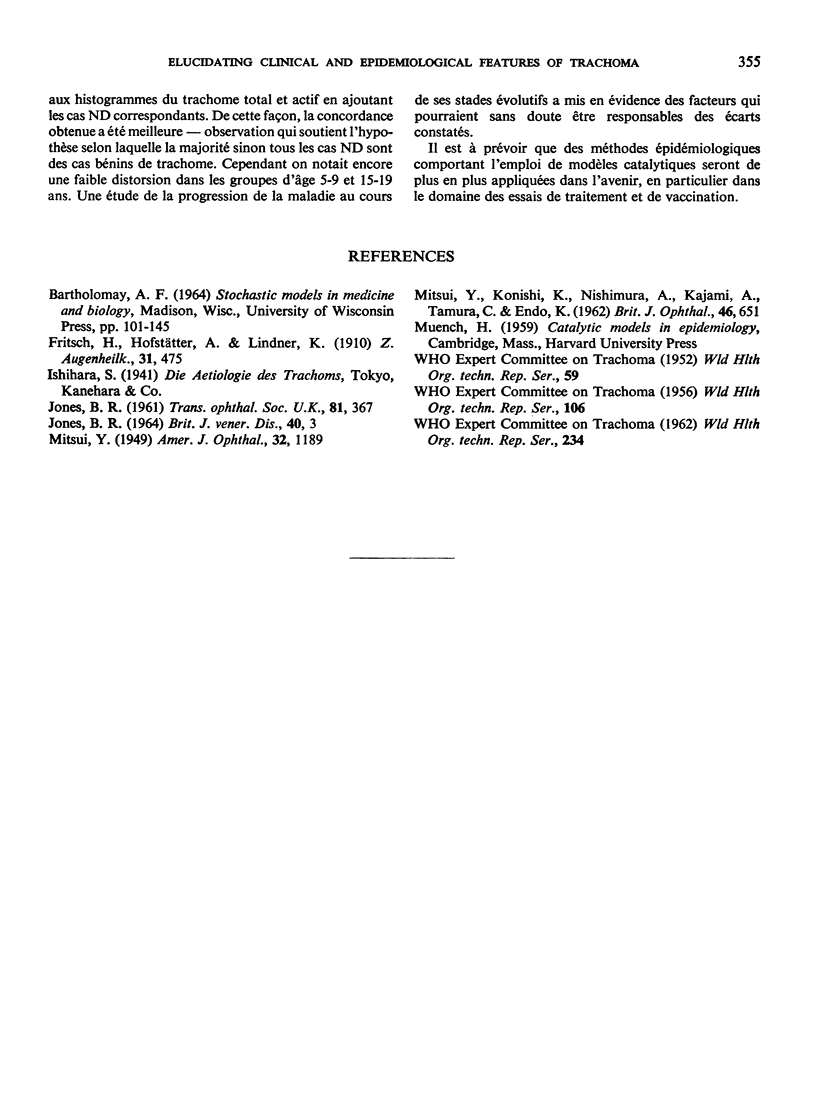
Selected References
These references are in PubMed. This may not be the complete list of references from this article.
- JONES B. R. OCULAR SYNDROMES OF TRIC VIRUS INFECTION AND THEIR POSSIBLE GENITAL SIGNIFICANCE. Br J Vener Dis. 1964 Mar;40:3–18. doi: 10.1136/sti.40.1.3. [DOI] [PMC free article] [PubMed] [Google Scholar]
- MITSUI Y. Etiology of trachoma. Am J Ophthalmol. 1949 Sep;32(9):1189–1196. doi: 10.1016/s0002-9394(49)90972-1. [DOI] [PubMed] [Google Scholar]
- Mitsui Y., Konishi K., Nishimura A., Kajima M., Tamura O., Endo K. EXPERIMENTS IN HUMAN VOLUNTEERS WITH TRACHOMA AND INCLUSION CONJUNCTIVITIS AGENT. Br J Ophthalmol. 1962 Nov;46(11):651–659. doi: 10.1136/bjo.46.11.651. [DOI] [PMC free article] [PubMed] [Google Scholar]


